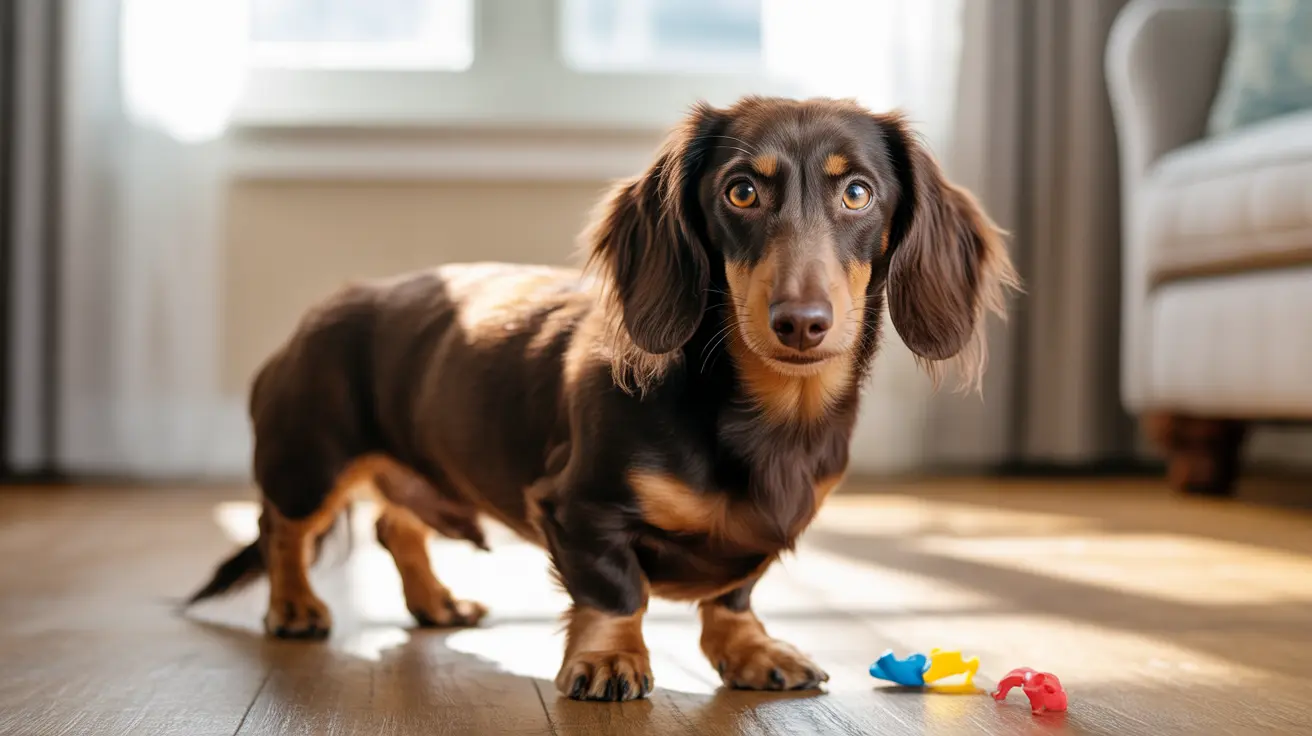How to Address and Manage Aggressive Behavior in Dogs
Aggression in dogs can be alarming and dangerous if left unaddressed. Understanding the causes and implementing appropriate strategies are essential for creating a safe environment for both the dog and others. Discipline in this context does not involve punishment but focuses on positive reinforcement, proper training, and professional support.
Understanding Aggression in Dogs
Dog aggression manifests in various forms and can include growling, snarling, snapping, biting, and lunging. It is important to recognize that aggression often stems from underlying issues such as:
- Fear – Fearful dogs may react aggressively when they feel threatened.
- Lack of Socialization – Dogs not exposed to various stimuli during key development stages may become reactive.
- Pain or Medical Conditions – Undiagnosed health issues can cause discomfort resulting in aggression.
- Protective Behaviors – Guarding territory, food, or family members.
- Trauma or Abuse – Previous negative experiences can shape future behaviors.
Early signs of aggression may include body stiffening, lip curling, or avoidance behaviors. Recognizing these allows for early intervention before aggression escalates.
Identifying Triggers
Triggers are stimuli or situations that provoke an aggressive response. Common examples include:
- Strangers approaching
- Other animals
- Loud sounds or novel environments
- Being on leash vs. off-leash
Keeping a log of incidents and observing body language helps identify and understand patterns in aggression. Once identified, these stimuli can be approached with desensitization strategies.
Using Positive Reinforcement
Rather than punishing aggression, trainers and behaviorists recommend reinforcing appropriate behavior. Techniques include:
- Desensitization – Exposing the dog to triggers in a controlled, gradual way while maintaining comfort.
- Counterconditioning – Associating the trigger with something the dog enjoys, like treats or toys.
- Basic Obedience Training – Teaching commands such as “sit,” “stay,” “watch me,” and “leave it” helps redirect and manage behavior.
Consistency and timing of rewards are crucial. Only reward behavior you want repeated, and always do so calmly and predictably.
Managing the Environment
Until your dog is better equipped to handle stressors, you can reduce risk by managing their environment:
- Use a well-fitted harness and a double-ended leash for control.
- Equip the dog with a basket muzzle in high-risk situations.
- Supervise closely during interactions with people and animals.
- Create a safe space at home where the dog can retreat and relax.
- Enforce a consistent routine to reduce uncertainty and anxiety.
Socialization Strategies
For dogs with little or negative social experience, careful exposure is key. Use structured socialization approaches like:
- Parallel walking with a calm companion dog at a distance.
- Rewarding calm behavior and pausing when signs of stress appear.
- Gradually shortening distance over time as comfort increases.
- Allowing brief, controlled greetings only when dogs exhibit relaxed behavior.
Always end socialization sessions on a positive note, even if progress seems minor.
Why Punishment Doesn’t Work
Punishing aggressive behavior can result in more harm than good. It may:
- Increase fear and anxiety.
- Cause the dog to hide warning signs of aggression.
- Escalate the intensity of aggressive reactions.
Instead, handlers should stay calm, avoid direct eye contact, and remove the stressor when the dog gives early warning signals like turning away or body stiffening.
Engaging Professional Help
Working with trained professionals is often essential. Certified behaviorists or veterinary behaviorists can:
- Assess underlying medical or psychological causes.
- Create a customized behavior modification plan.
- Recommend medication support when necessary.
This is especially important when there is a history of bites or unpredictable aggression. Safety must come first.
Special Considerations for Abused or Fearful Dogs
Dogs who have suffered trauma require additional time and patience. Key tips include:
- Let the dog dictate the pace of progress.
- Use a comfortable crate or personal space as a refuge.
- Provide abundant positive reinforcement for calm and confident behavior.
- Reduce exposure to high-stress environments early on.
Consistency, love, and realistic expectations can make a massive difference when combined with professional input.
Measuring Progress
Modify your expectations based on the dog's capacity. Celebrate minor improvements and maintain a log of reactions and successful interactions. Understand that progress is rarely linear and some dogs may require lifelong management.
The goal is not perfection, but safety, confidence, and improved quality of life for both the dog and owner.





